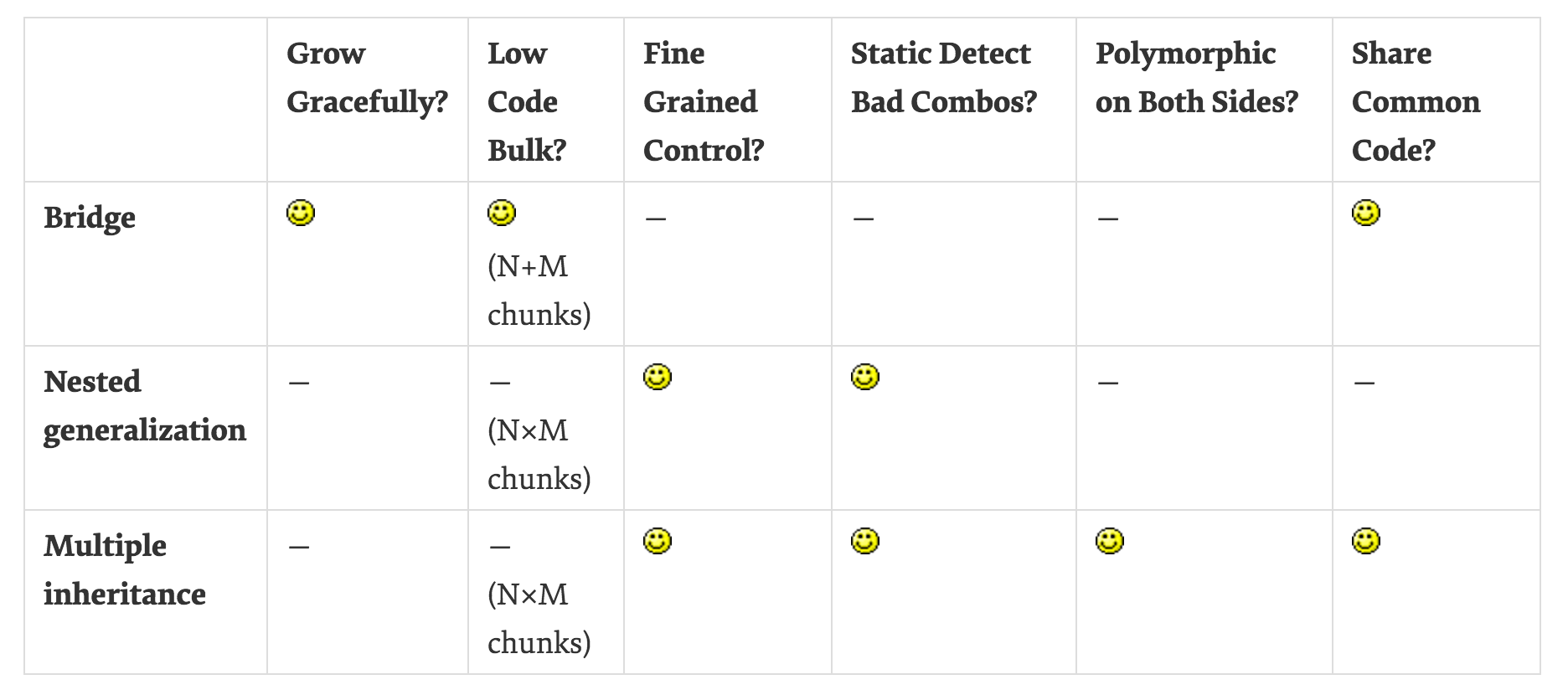- Will the users of LandVehicle need to have a Vehicle& that refers to a LandVehicle object? In particular, will the users call methods on a Vehicle-reference and expect the actual implementation of those methods to be specific to LandVehicles?
- Ditto for GasPoweredVehicles: will the users want a Vehicle reference that refers to a GasPoweredVehicle object, and in particular will they want to call methods on that Vehicle reference and expect the implementations to get overridden by GasPoweredVehicle?
If both answers are "yes," multiple inheritance is probably the best way to go.
